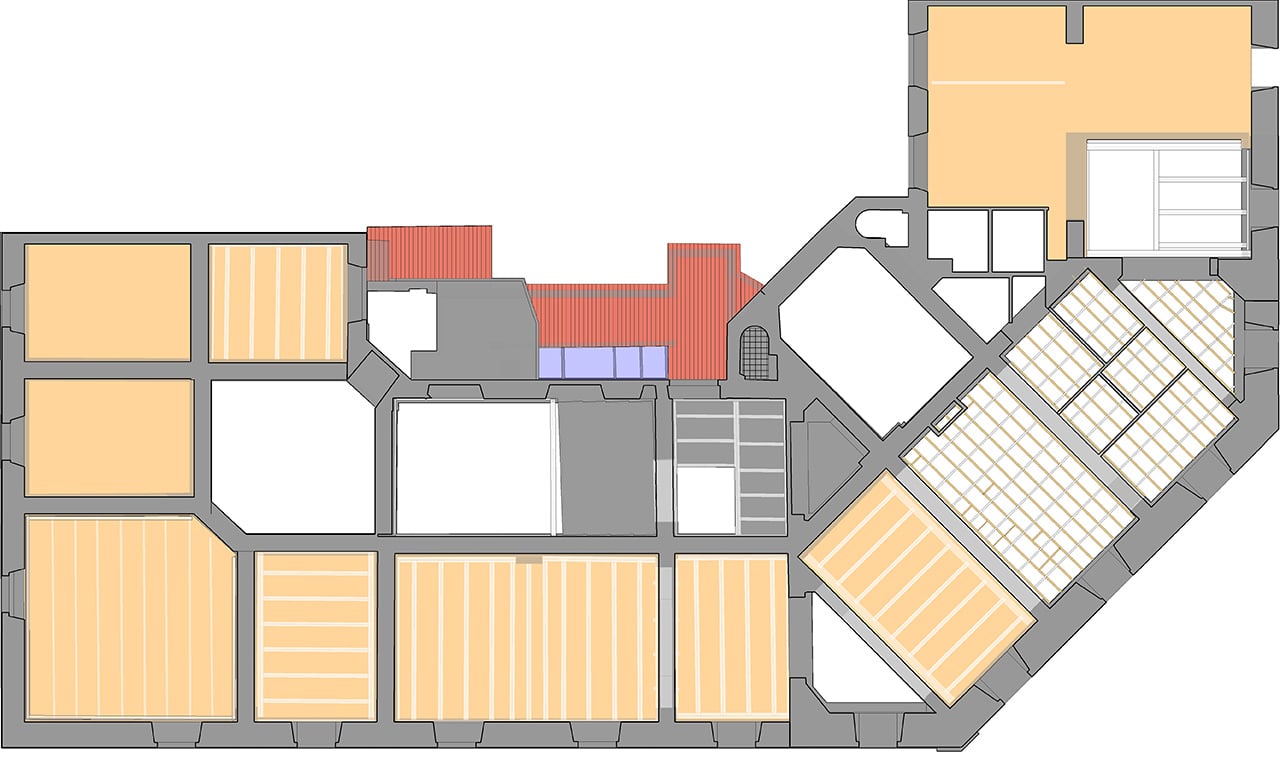Building Information Modeling (BIM) offers several advantages over the entire lifecycle of a building project. Here are a few key benefits of using BIM:
Enhanced Collaboration and Coordination: BIM facilitates improved collaboration and coordination among project stakeholders, including architects, engineers, contractors, and facility managers. All parties could work together inside a shared digital environment, reducing errors, conflicts, and the necessity for rework. BIM enables real-time communication, data exchange, and simultaneous work on exactly the same model, fostering a collaborative project environment.
Improved Visualization and Design Understanding: BIM provides a visual representation of the building or infrastructure project, making it easier for stakeholders to comprehend and visualize the design intent. 3D models created through BIM enable realistic and immersive visualizations, helping clients, project teams, and end-users to raised grasp the spatial relationships, aesthetics, and functionality of the building before construction begins.

Clash Detection and Conflict Resolution: BIM enables clash detection by overlaying different building systems and components within the model. This helps identify clashes or conflicts between structural elements, mechanical, electrical, and plumbing (MEP) systems, or spatial conflicts. Early detection and resolution of clashes through BIM reduce costly on-site modifications, rework, and project delays during construction.
Accurate Quantity Takeoffs and Cost Estimation: BIM incorporates information about building components, materials, and quantities within the model. This enables for automated and accurate quantity takeoffs, enabling faster and much more precise cost estimation. BIM supports better cost control, reducing the probability of budget overruns and providing valuable insights for decision-making related to material procurement and project scheduling.
Improved Building Information Modelling Solihull Planning and Sequencing: BIM assists in project planning and construction sequencing by visualizing the construction process virtually. The 4D BIM approach adds a period dimension to the 3D model, facilitating the identification of potential conflicts, sequencing conflicts, and construction site logistics. BIM supports lean construction principles, optimizing the construction schedule, improving productivity, and minimizing delays and disruptions.
Efficient Facility Management and Maintenance: BIM models serve as a very important resource for facility management and maintenance throughout the building's operational life. Accurate as-built information, integrated with the BIM model, helps facility managers track and manage assets, plan maintenance activities, and analyze building performance. BIM's ability to store and manage data linked to equipment, warranties, and maintenance schedules improves efficiency and reduces operating costs.
Sustainability and Energy Analysis: BIM supports sustainable design and analysis by giving tools to judge energy performance, carbon emissions, and environmental impacts. BIM allows for the analysis of different design options, optimizing energy efficiency, and identifying opportunities for sustainable practices. This aids in achieving green building certifications and reducing environmentally friendly footprint of the building.
These advantages contribute to improved project outcomes, including reduced costs, enhanced productivity, faster project delivery, top quality, and more sustainable buildings. BIM has revolutionized the construction industry by transforming traditional workflows, promoting collaboration, and enabling a more integrated and data-driven approach to building projects.
